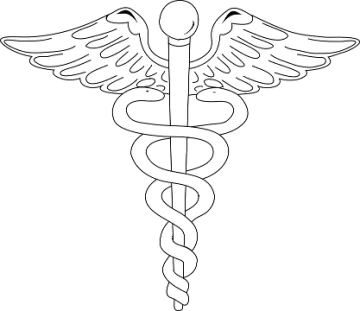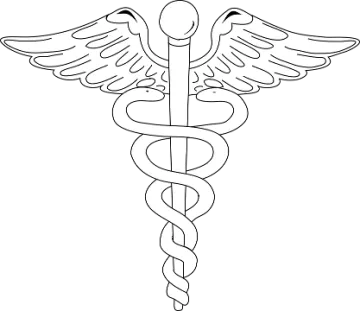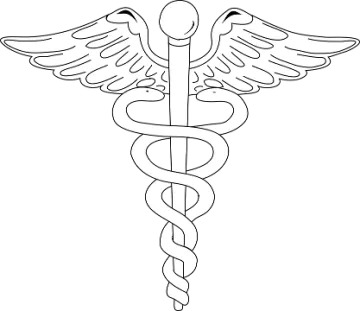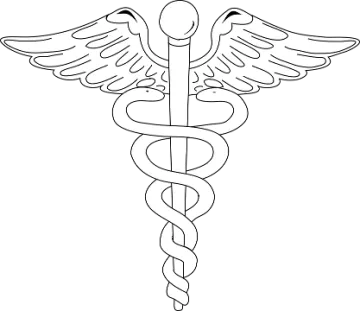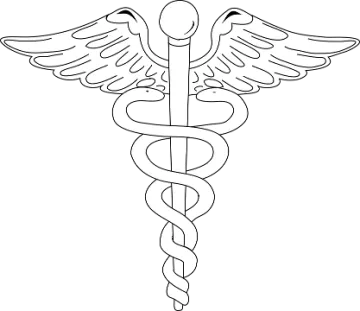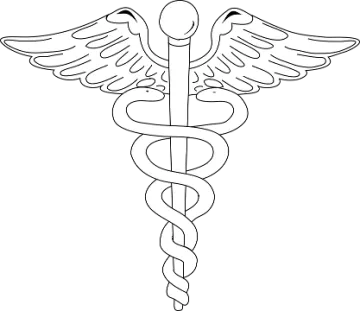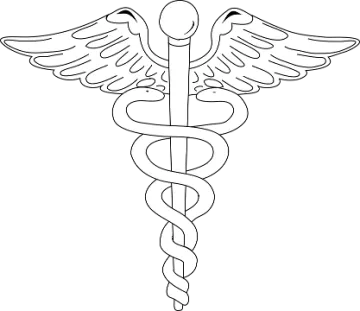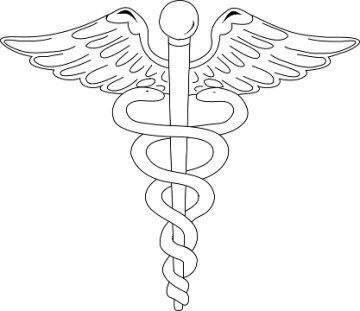Take steps to better musculoskeletal health Part II
Here are some steps to set yourself up for future stability and success by improving the strength of your musculoskeletal (MSK) system:
Move more: Bones, muscles and joints need movement to stay healthy. The U.S. Surgeon General recommends adults get at least 150 minutes weekly of moderate physical activity (such as walking, yardwork, recreational swimming) or at least 75 minutes of intense weekly activity (jogging, hiking uphill, basketball).

